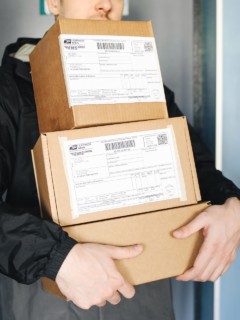You know those moments when you think of those really vital questions? It came to me last week in a very quiet place that I won’t name. We all know that film whose popping amuses young and old alike: bubble wrap, which ideally protects fragile products during transport. But how does the air get into the bubbles?
It’s basically as simple and effective as…
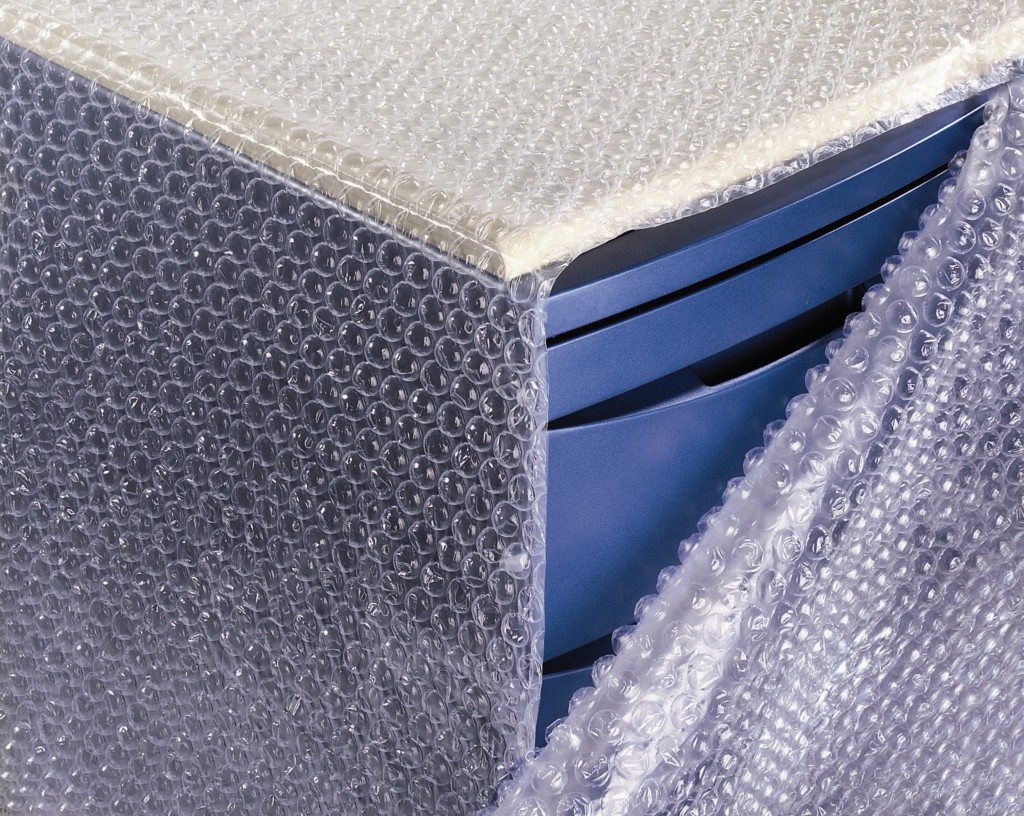 |
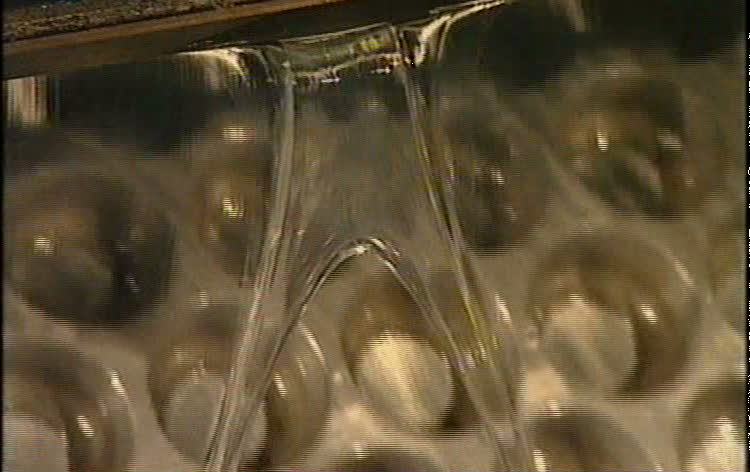 |
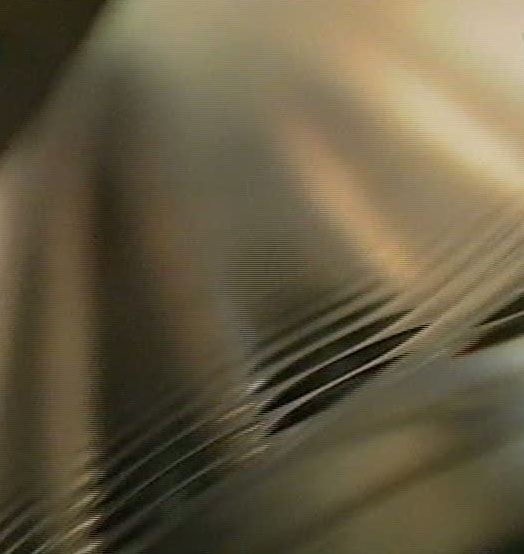 |
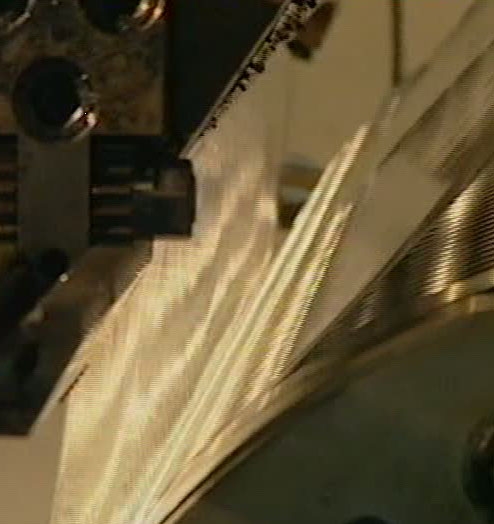 |
…the protective function of the film itself. The plastic that makes up the film is melted at 200 degrees Celsius. In this molten state, it is poured onto a wide roll, the surface of which is treated as a negative mould with indentations the size of later bubbles. When the mass is poured onto the roll, the plastic forms a flat film. The hot plastic mass is sucked through the pits by means of a vacuum so that a depression is formed in the film at this point. Now it’s just a matter of sealing the air in these depressions. This is done by simply placing a second layer of smooth film over the moulded film. Because of the high temperature, the foils will fuse together permanently.
So it’s just like us humans: bursting with love and fusing for eternity.
Author: Benjamin, Customer Service













